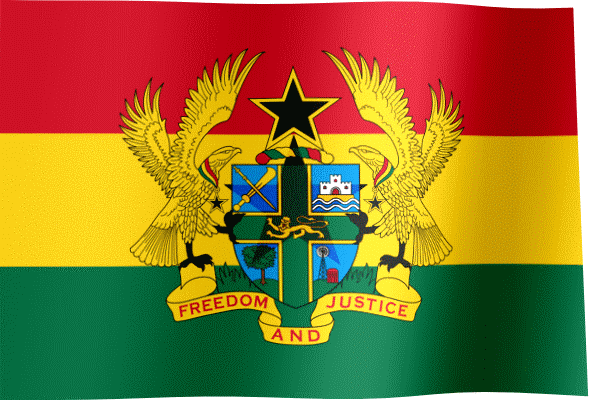Aburi Botanical Garden.
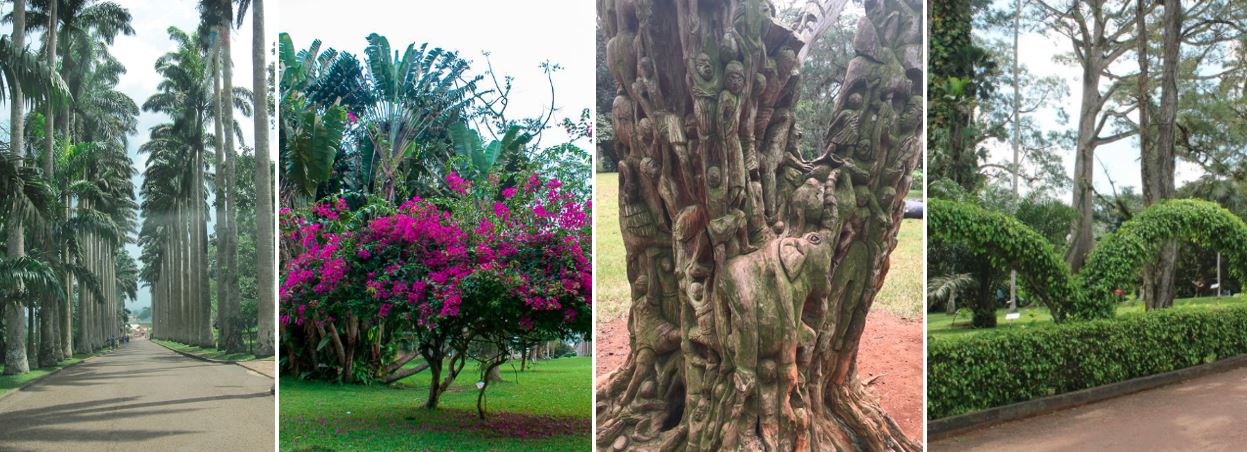
The Aburi Botanical Garden first opened its doors in March 1890. Over the years, Aburi Botanical Garden has played a variety of roles, including plant introduction and teaching scientific agricultural methods, but today it is one of the world's 1,800 botanic gardens, leading the fight to save plant diversity through research, medicinal plant conservation, plant multiplication, horticulture training, and environmental education.
Ashanti Region.
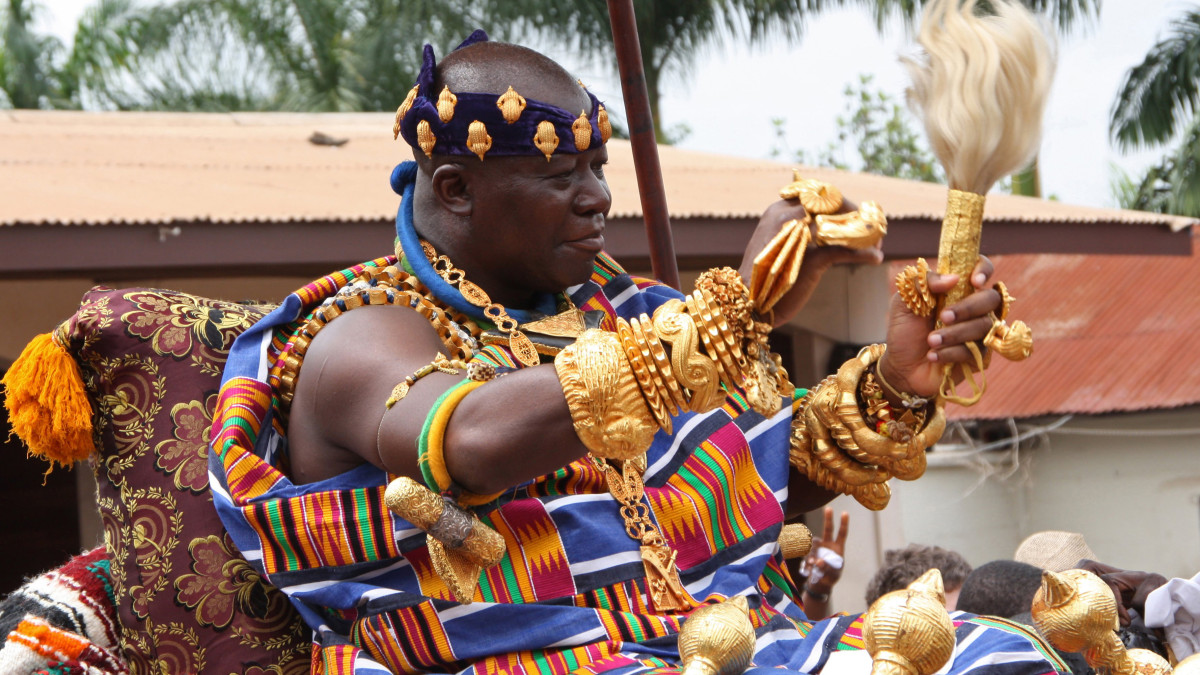
The Ashanti Region of Ghana is one of the richest regions in Ghana with an astonish gold reserves. magnesium and bauxite. It's people during festivals do not hold back on display the vase riches of their region which is used to decorate their kings from ancient time to now. Whiles some parts of Ghana were caving to colonial rule the Ashanti kingdom was one the states that fought hard stave off the British producing notable warriors like Nana Ohemaa Yaa Asantiwaa who is still revered till today.
Floating Village.

We have a floating village called Nzulezo in Ghana's Western Region. Nzulezo, which is built over Lake Tandane, gets its name from the local language Nzema, which means "water surface." The town, which is 300 kilometers (186 miles) from Accra, Ghana's capital city, has coexisted with nature for centuries and is a perfect synthesis of people and the environment. More than 500 others reside in Nzulezo, where all of life's daily duties take place on water, from meal preparation to children going to school, and who are still attempting to maintain the ancient way of life.
Kakum National Park.

The Kakum National Park in the Central Region of Ghana is a truly an amazing tropical forest boosting of indigenous wildlife in their nature habitat. The park has a very high canopy walkway that offers thrill seekers the rush and excitement that will have their blood pump with adrenaline and also those who just want to have a scenic view of the rainforest.
Mole National Park.
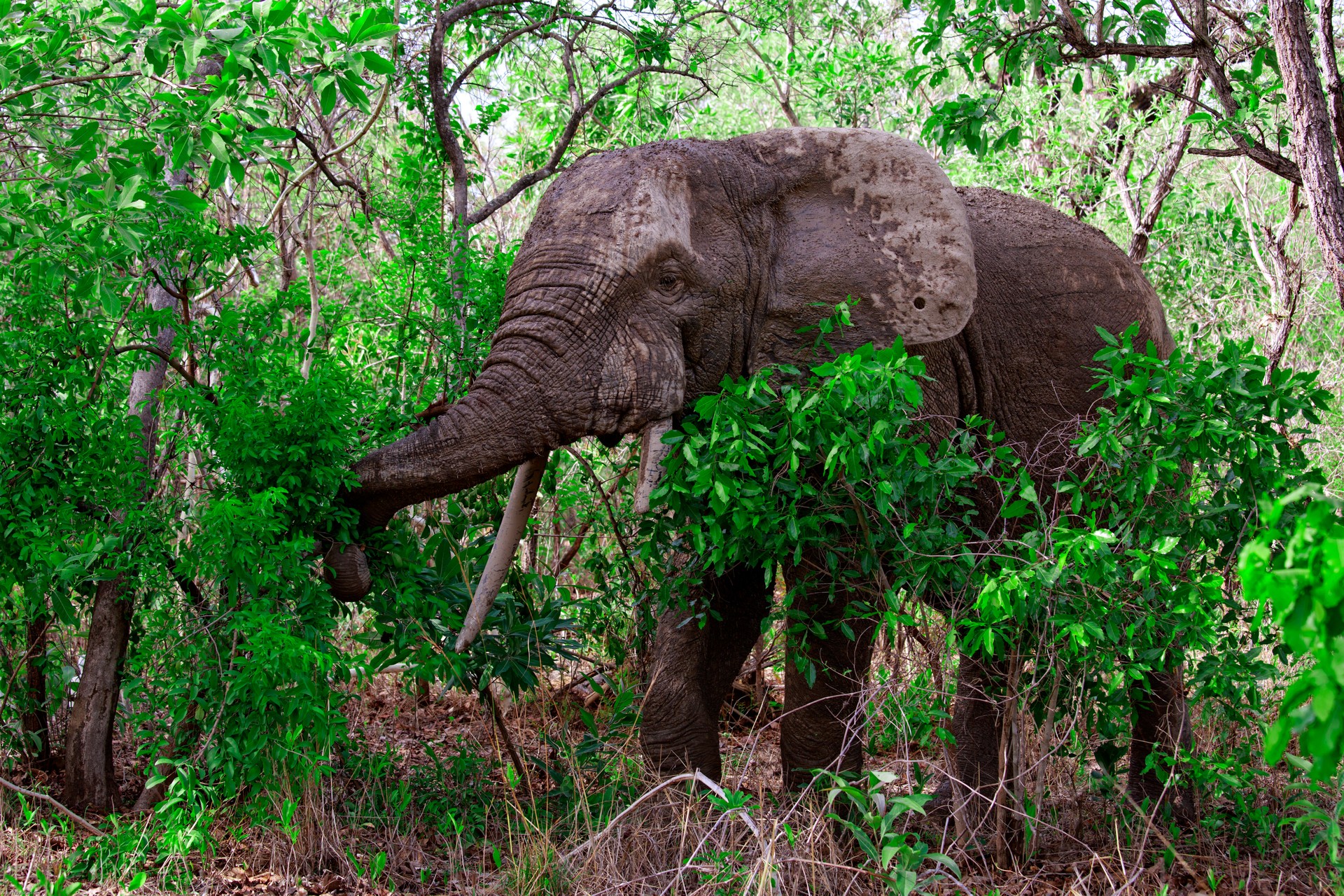
North of Lake Volta, the areas are sparsely populated and infrequently visited. They include the Northern Region, the Upper East Region, and the Upper West Region. They have a particular southern Ghanaian flavor about them. The most animals, savanna, and desert cultures may be found in these places. The architecture in the north is distinguished in many towns by painted adobe structures, mud-and-stick mosques, thatched enclosures, and rooftop residences.Mole is one of Ghana's seven national parks. Six Resource Reserves, two wildlife sanctuaries, one Strict Nature Reserve, and five Ramsar sites are among the numerous wildlife estates managed by Ghana's Forestry Commission's Wildlife Division. The Park's objective is to sustainably manage Mole National Park's natural resources, boost revenue, and promote economic activities in the surrounding area in order to contribute to local socio-economic development.
Tagbo Falls.
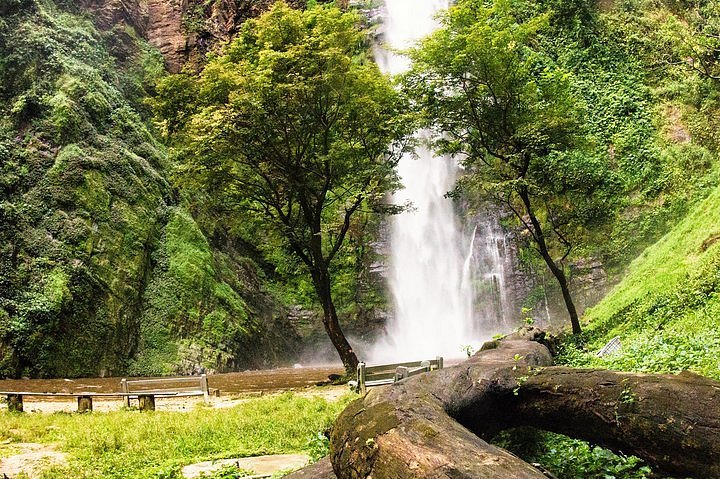
The Tagbo Falls in the Volta Region near Mount Afadjato in Liati Wote, east of the Hohoe township. The waterfall is also surrounded by losh rainforest which is protected from encroachment and deforestation making it a little piece of paradise in the part of Ghana.
Top Ten Traditional Dances in Ghana.
- Ga-Adangme tribe from southern part performs the Kpatsa dance style .
- The Dagomba people in the Northern region perform this dance style Bamya.
- Ewe from the Volta Region Dance style Adzogbo.
- Ewe from the Volta Region Dance style Borborbor.
- Ga tribe from Ga(Accra) Region dance style Kpale.
- Ga tribe also have another popular traditionally dance style called Kpanlogo.
- Akan tribe from the Asante Region dance style Adowa.
- Another artistic dance style from the Ashanti region is Kete which is performed in the royal courts.
- From the Northern region they perform the Nmina dance style to give thanks to the god and their elders.
- From Ewe tribe of the Volta Region is another war dance style called Agbadza.
Some Famous Ghanaian Symbols.
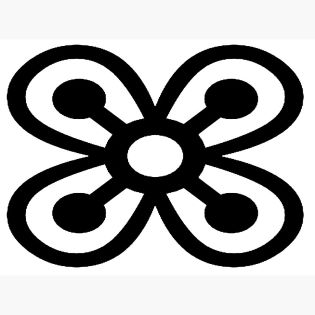
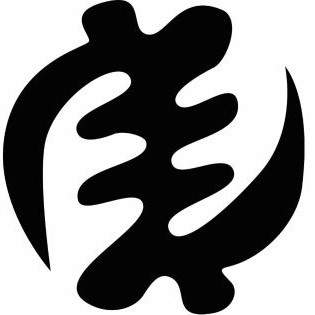
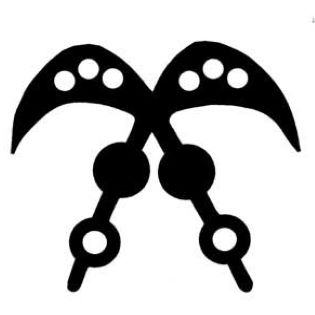
For more information about taking a tour to Ghana, visit the Ghana Tourism Authority.
admin@tourghana.gh.co© Copyright 2020. All Rights Reserved.
